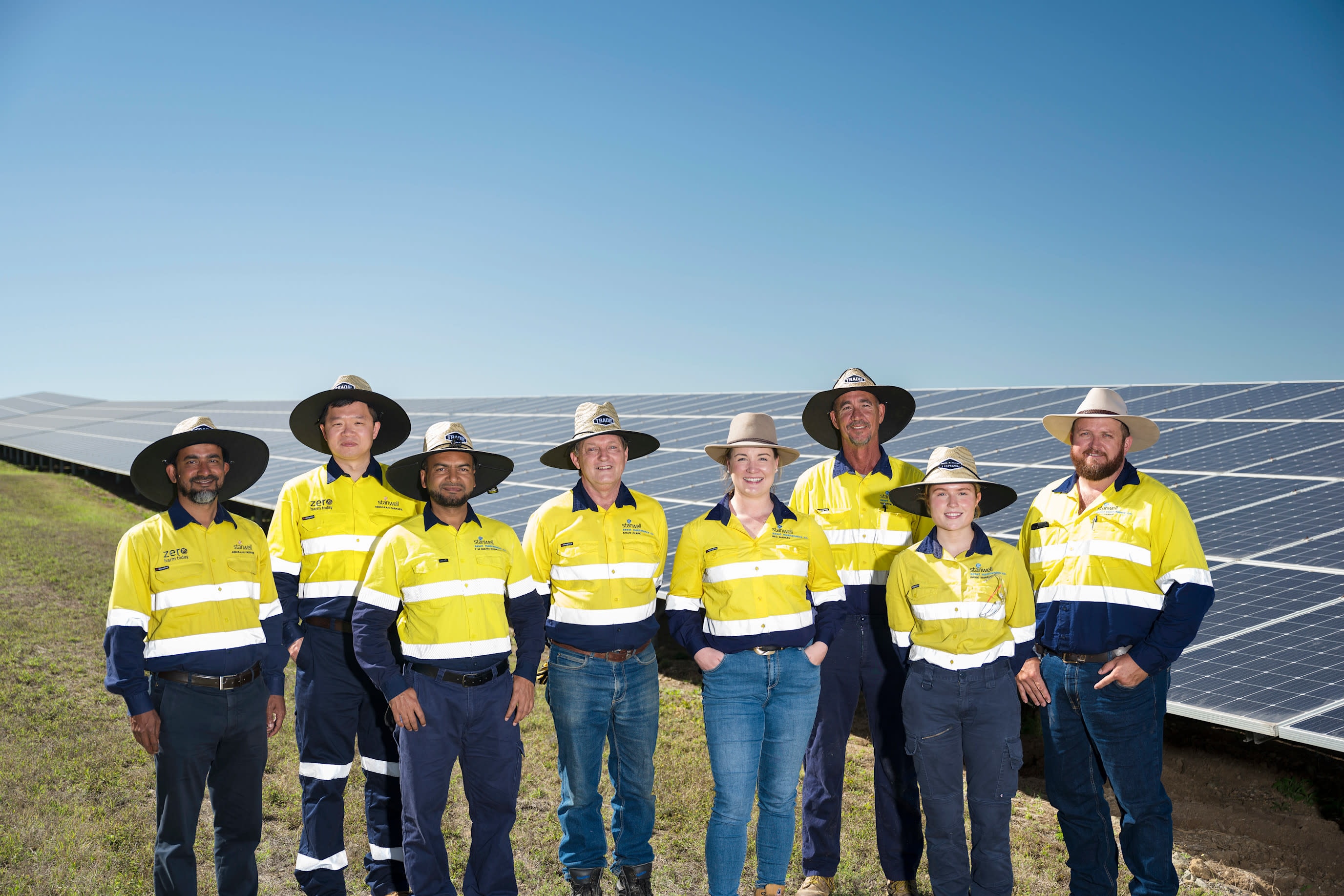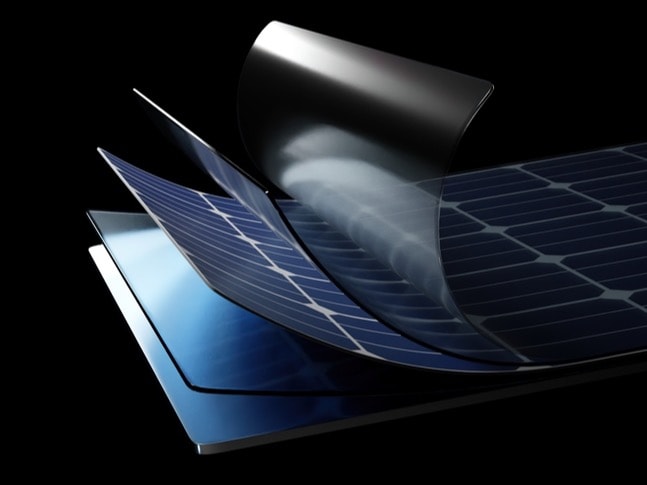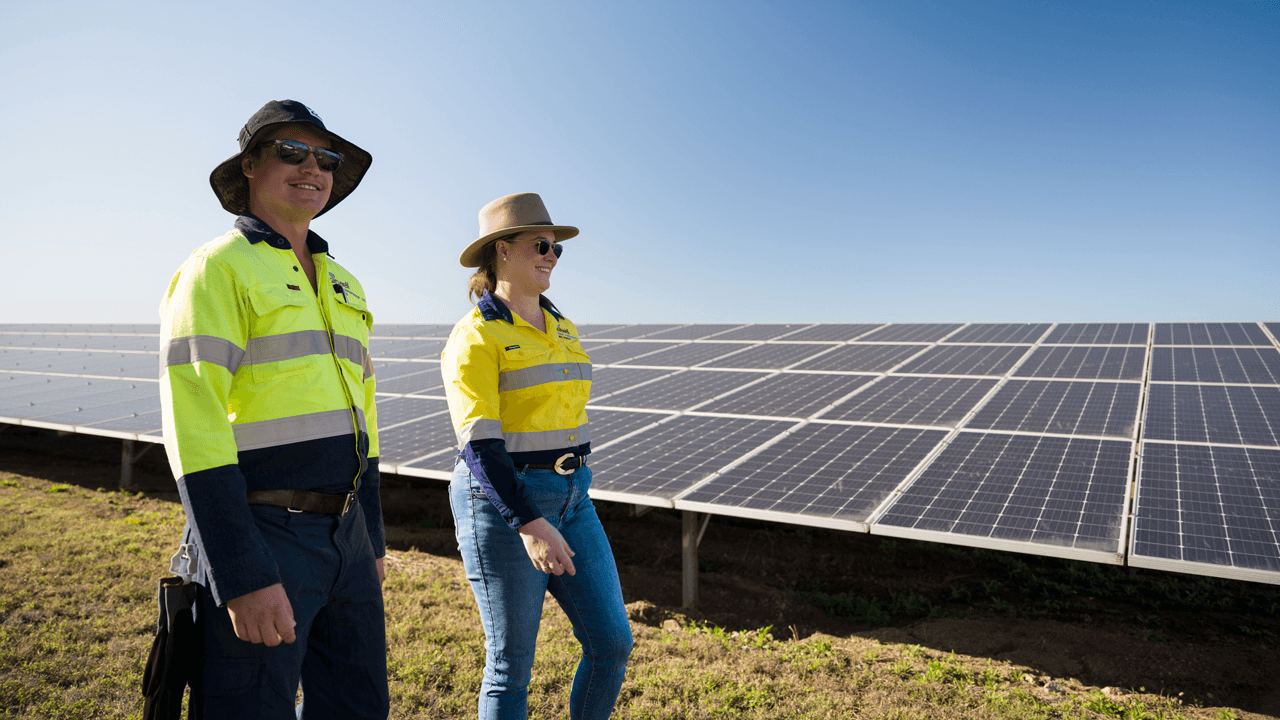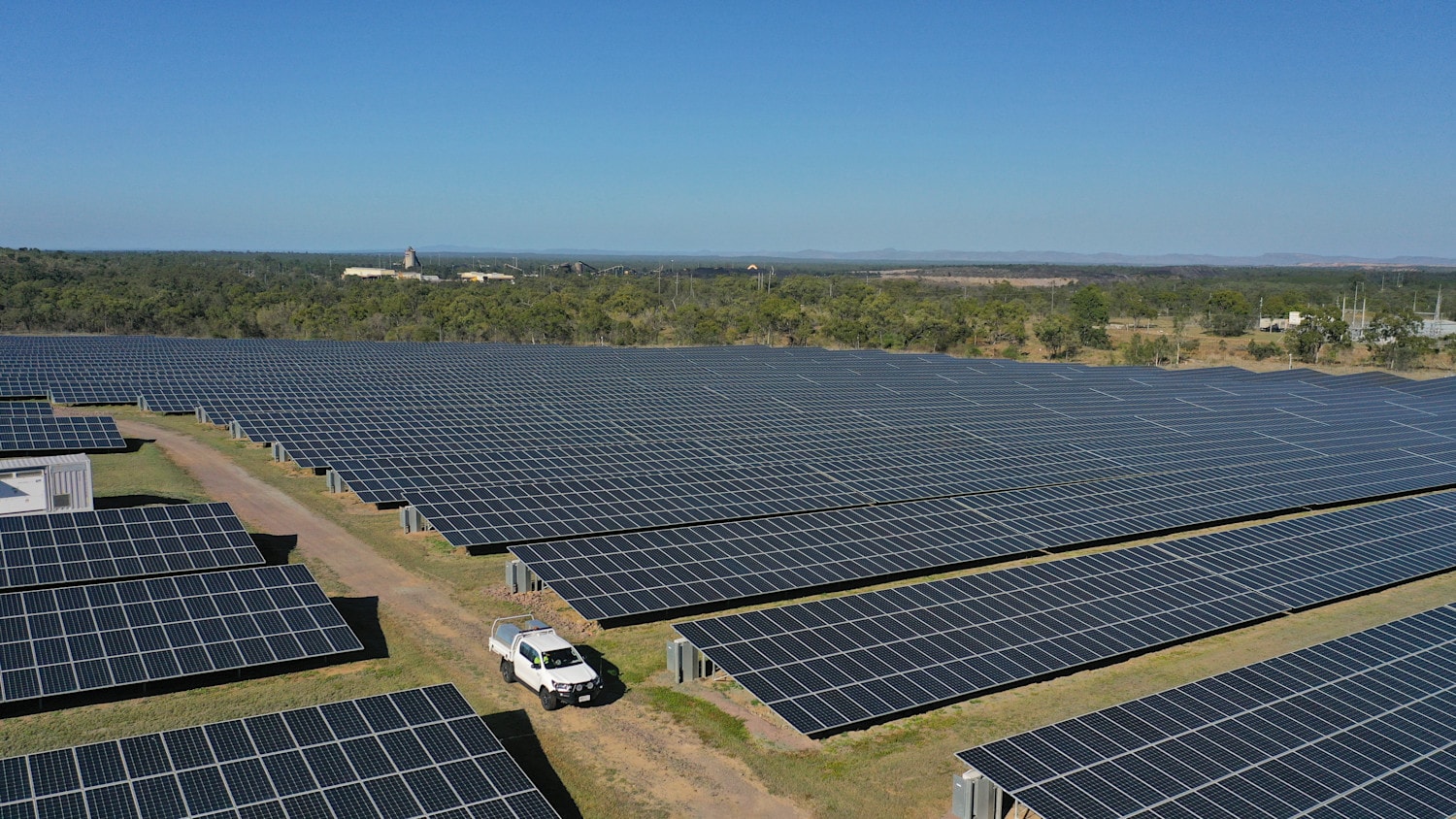
- Articles
- Solar power
- Energy Solutions
- Asset Maintenance
One year in: SAMCo celebrates 12 months of safe, successful operations at Collinsville Solar Farm
10 August 2025

At Stanwell, we’re expanding our energy mix to include firmed renewable energy solutions, and solar plays a vital role. As part of our commitment to delivering affordable, reliable and sustainable energy, we’re investing in large-scale solar projects and long-term power purchase agreements that support Queensland’s future electricity needs. Queensland is one of the sunniest places on Earth, making it ideally suited to solar power. By harnessing the energy of the sun, we’re building a cleaner, more diverse portfolio, while creating jobs and investment in the regions we operate in.
Queensland is a world leader in rooftop solar adoption with the highest household take-up rate in the world.
In 2024, solar power represented 19.6% of Australia’s energy supply, 12.4% was generated by rooftop solar, and a further 7.2% from medium and large scale solar farms according to the Clean Energy Council.
Solar panels generate electricity using energy from sunlight, a process known as the photovoltaic (PV) effect. Each panel is made up of solar cells, typically composed of silicon, which absorb sunlight and release electrons. These electrons flow through an electrical circuit, creating direct current (DC) electricity. Because most homes and the electricity grid run on alternating current (AC), a device called an inverter is used to convert the DC electricity into AC electricity that can be used immediately or exported to the grid. Of course the sun isn’t always shining making solar a variable energy source. To help maintain a stable and secure energy supply, it must be complemented by firming solutions such as battery storage.
Did you know?
‘Photovoltaic’ comes from the Greek phos, meaning ‘light’, and the volt, the unit of electromotive force named after Italian physicist Alessandro Volta.


10 August 2025

15 June 2025

30 March 2025
Stay up to date with quarterly news from Stanwell, delivered straight to your inbox. Learn more about our projects, partnerships and how we're delivering affordable, reliable and secure electricity for Queensland.